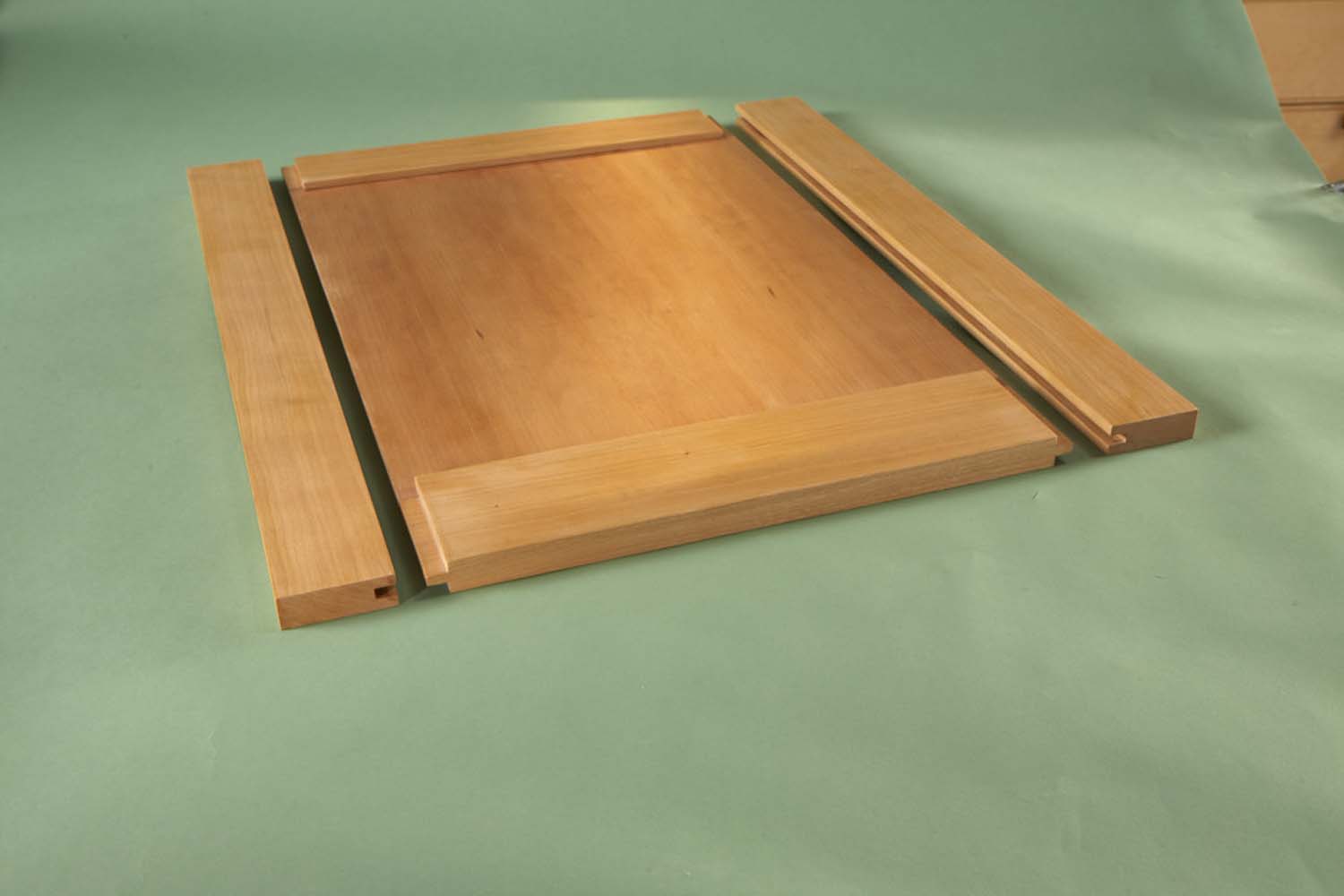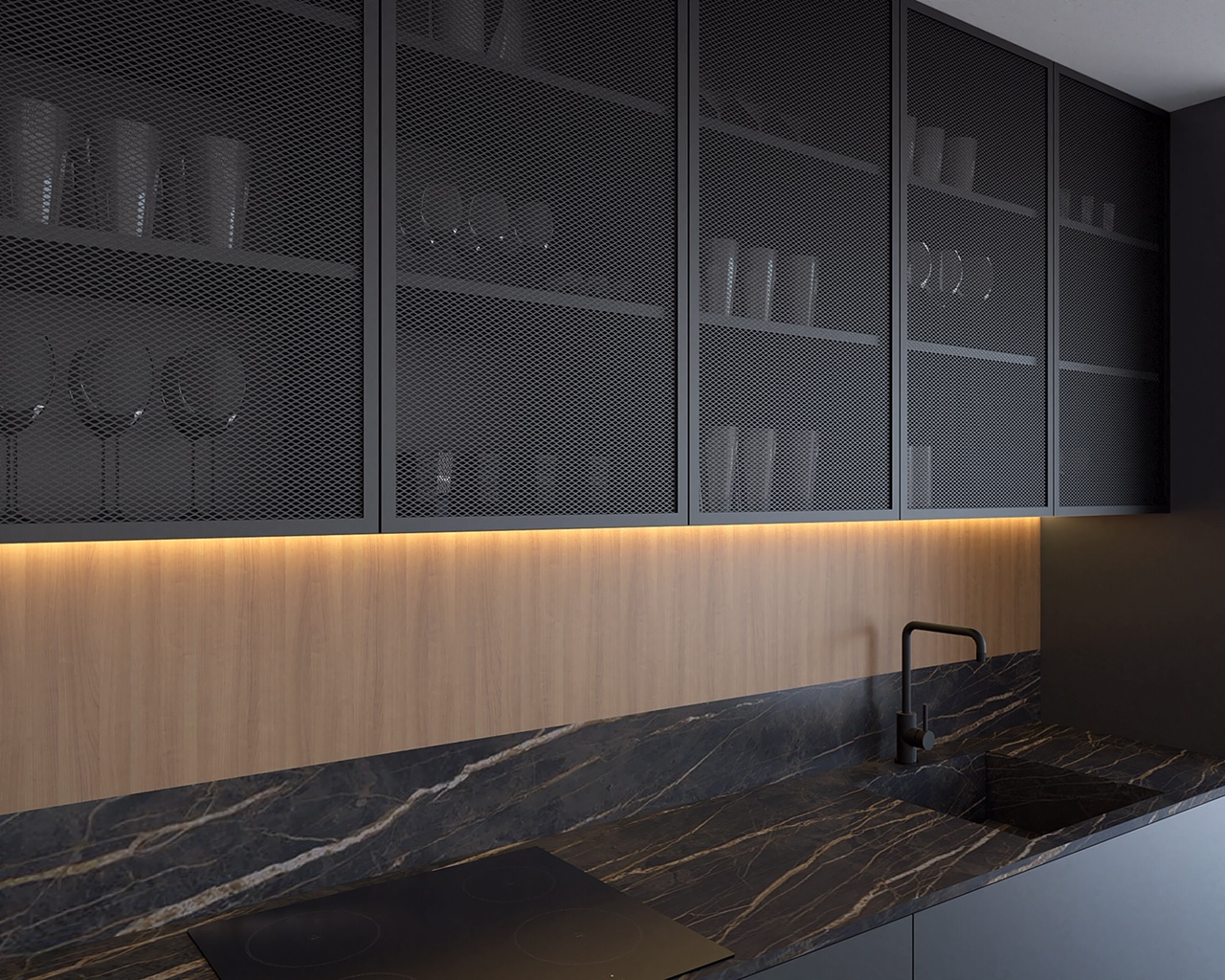Materials and Tools: How To Make Mesh Cabinet Doors

Creating mesh cabinet doors requires careful selection of materials and tools to ensure a sturdy, aesthetically pleasing, and functional end product. The right materials and tools are crucial for achieving the desired look, functionality, and longevity of your mesh cabinet doors.
Mesh Types
Choosing the right mesh type is essential for the aesthetics and functionality of your cabinet doors. Consider the following factors:
- Material: Mesh is available in various materials, including stainless steel, aluminum, brass, copper, and even woven vinyl. Stainless steel offers durability and a modern look, while aluminum is lightweight and cost-effective. Brass and copper provide a classic and elegant appearance. Woven vinyl is a budget-friendly option that offers flexibility and easy cleaning.
- Mesh Size: The mesh size refers to the openings between the wires. Smaller mesh sizes create a denser and more opaque look, while larger mesh sizes offer better visibility. The choice depends on the desired level of privacy and the intended use of the cabinet.
- Pattern: Mesh is available in various patterns, including square, diamond, hexagonal, and woven. The pattern choice affects the overall aesthetic and can be matched to the style of your kitchen or bathroom.
- Finish: Mesh can be finished in various ways, including polished, brushed, or powder-coated. The finish influences the appearance and durability of the mesh.
Framing Materials
The framing material for mesh cabinet doors provides structural support and defines the overall shape of the door. Common framing materials include:
- Wood: Wood is a traditional framing material that offers warmth and a natural look. It is available in various species and finishes to match your cabinet design.
- Aluminum: Aluminum is a lightweight and durable framing material that is resistant to corrosion. It is often used for modern and contemporary cabinet designs.
- Metal: Metal framing provides a sleek and modern look and is durable enough to withstand heavy use.
Hinges and Hardware
Hinges and hardware are essential for attaching the mesh doors to the cabinet frame and ensuring smooth operation. Consider:
- Hinge Type: Choose hinges that are compatible with the weight and size of your mesh doors. Common types include concealed hinges, surface-mounted hinges, and piano hinges.
- Hardware: Additional hardware may be needed depending on the design and functionality of the doors. This could include handles, knobs, latches, or magnetic closures.
Tools, How to make mesh cabinet doors
Having the right tools is crucial for cutting, shaping, assembling, and finishing the mesh cabinet doors. Essential tools include:
- Measuring Tape: Accurate measurements are essential for cutting and fitting the mesh and framing materials.
- Saw: A saw is necessary for cutting the framing materials to size. A circular saw or a miter saw is recommended for precise cuts.
- Screwdriver: A screwdriver is needed for attaching the hinges and other hardware to the doors.
- Drill: A drill is helpful for creating pilot holes before driving screws.
- Clamps: Clamps are essential for holding the framing materials together while assembling the doors.
- Sandpaper: Sandpaper is used to smooth out any rough edges on the framing materials and create a smooth finish.
- Safety Glasses: Safety glasses are essential for protecting your eyes from flying debris during cutting and sanding.
- Work Gloves: Work gloves provide protection for your hands when handling sharp tools and materials.
Construction Process

Building mesh cabinet doors involves a series of steps that require careful planning and execution. This process ensures the doors are sturdy, aesthetically pleasing, and functional.
Cutting and Framing
Before assembling the mesh cabinet doors, it’s crucial to determine the dimensions and design of the frame. The frame acts as the foundation for the mesh, providing support and defining the door’s shape.
- Measure and Cut the Wood: Begin by measuring the desired dimensions of the cabinet door opening. Then, carefully cut the wood for the frame using a saw. Ensure that all cuts are precise and at right angles to create a square or rectangular frame.
- Frame Assembly: Once the wood pieces are cut, assemble the frame using wood glue and screws. Apply wood glue to the joints and clamp them together until the glue dries. Drive screws into the joints for added strength and stability.
Attaching Mesh
The mesh is the key element of these doors, providing visibility and a unique aesthetic. The method of attaching the mesh depends on the chosen mesh type and desired look.
- Stapling: For most mesh types, stapling is a common and effective method. Use a staple gun with appropriate staples to secure the mesh to the frame. Place staples evenly around the perimeter of the frame, ensuring that they are flush with the surface and do not protrude.
- Screwing: For heavier mesh types or for a more secure attachment, consider screwing the mesh to the frame. Use screws that are long enough to penetrate the mesh and the frame without damaging the wood.
- Glue and Staple: Combining glue and staples offers a strong and durable bond. Apply glue to the frame’s perimeter and then staple the mesh in place. This method helps prevent the mesh from sagging or becoming loose over time.
Installing Hinges
Hinges are essential for attaching the mesh cabinet doors to the cabinet frame. They allow the doors to open and close smoothly.
- Choose the Right Hinges: Select hinges that are appropriate for the weight and size of the mesh cabinet doors. For lightweight doors, simple butt hinges are suitable. For heavier doors, consider using heavier-duty hinges or adjustable hinges for fine-tuning the door alignment.
- Install Hinges on the Frame: Mark the hinge locations on the frame and the door using a pencil. Use a drill to create pilot holes for the hinge screws. Install the hinges on the frame using screws that are long enough to penetrate the wood without splitting it.
- Attach the Door to the Hinges: Install the other half of the hinges on the mesh cabinet door, aligning them with the hinges on the frame. Use screws to secure the hinges to the door.
Finishing Touches

The final step in creating your mesh cabinet doors is applying the finishing touches. This stage involves enhancing the appearance and durability of the doors by choosing appropriate finishes and applying them correctly. You can explore various options, from staining and painting to adding decorative elements, to achieve the desired look for your cabinets.
Choosing Finishes
The choice of finish depends on the overall design aesthetic and the desired level of protection for the mesh and framing materials. Here are some common options:
- Staining: Staining provides a natural wood look while enhancing the grain pattern. It’s ideal for achieving a rustic or traditional style. Choose a stain color that complements the cabinet’s overall design.
- Painting: Painting offers a wide range of colors and finishes, allowing for a modern or contemporary look. Choose a paint that is durable and suitable for wood or metal, depending on the framing material.
- Decorative Elements: Adding decorative elements like stencils, decals, or hardware can personalize the doors and enhance their visual appeal. These elements can be applied before or after the final finish, depending on the desired effect.
Applying Finishes
Applying finishes requires careful preparation and techniques to ensure a smooth, even, and durable result.
- Preparation: Before applying any finish, thoroughly clean the doors to remove dust, dirt, or debris. Sand the surface to create a smooth and even base for the finish.
- Applying Stain: Apply stain with a brush or cloth, following the grain direction of the wood. Allow the stain to dry completely before applying a topcoat.
- Applying Paint: Apply paint with a brush, roller, or spray gun. Use thin coats and allow each coat to dry completely before applying the next.
- Applying Decorative Elements: Carefully position and apply decorative elements, ensuring they adhere securely to the surface.
Sealing and Protection
Sealing and protecting the mesh and framing materials is crucial to prevent moisture damage and enhance their longevity.
- Mesh Protection: Apply a clear sealant to the mesh to protect it from moisture and dirt. This can be a water-based polyurethane or a similar sealant specifically designed for metal mesh.
- Framing Protection: Apply a sealant to the framing material, such as a wood sealer or a metal primer, depending on the material used. This will protect the frame from moisture and enhance its durability.
How to make mesh cabinet doors – Yo, wanna give your cabinets a fresh vibe? Mesh doors are totally in right now! You can get the look you want with some wire mesh and a few DIY skills. But if you’re looking for a more polished look, check out b&b cabinet doors – they’re super versatile and come in all kinds of styles.
Whether you go DIY or pro, mesh doors will definitely make your kitchen or bathroom stand out!
Making mesh cabinet doors is a cool DIY project, and it’s super trendy right now. You can use different mesh materials to create a unique look, and it’s all about getting creative! If you’re looking for a more rustic vibe, maybe check out some inspiration from barn door kitchen cabinet doors , they’re pretty rad.
But back to the mesh doors, you can make them super functional by adding some hardware, and they’ll definitely be the talk of the town.
